State symbols have been a mainstay of U.S. culture since the very beginning. Official symbols are used to represent the cultural heritage and natural history of each state in the most fun way possible.
Fortunately, Texas is no different from many other U.S. states, with a plethora of symbols that are indicative of the state’s historical roots and geological history.
There are also recognizable icons and emblems for each state, such as state seals and flags, nicknames and mottos, and much more which we have included in our Texas state symbol list.
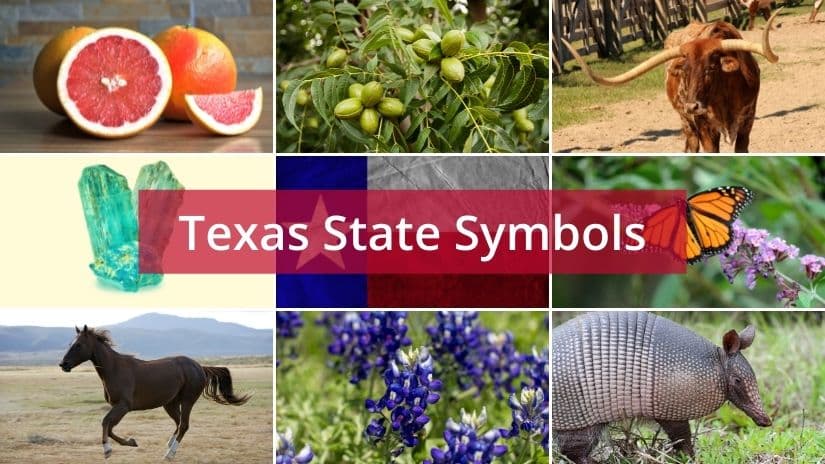
State of Texas Symbols List
There is numerous state of Texas symbols, and all states for that matter, creating a whole host of interesting facts, both from the past and present.
Below we have summarized 21 Texas state symbols with their links to respective pages, where you will be able to find much more detailed information and history about each individual symbol and how it became associated with Texas.
Texas State Small Mammal
The small mammal that represents Texas is the armadillo, this mammal was officially adopted in June of 1995 via a vote from hundreds of elementary school children.
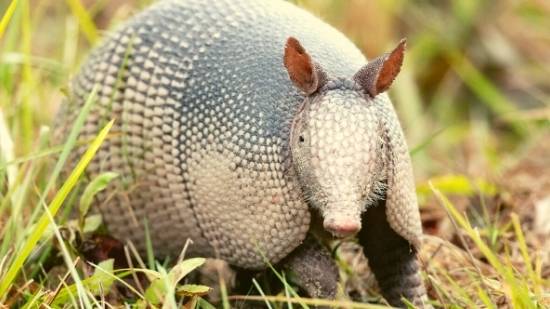
Texas State Large Mammal
The second Texas state animal is the longhorn and it was adopted officially in 1995. The longhorn became a symbol of the Texas cattle drivers during the 1860s and 1870s.
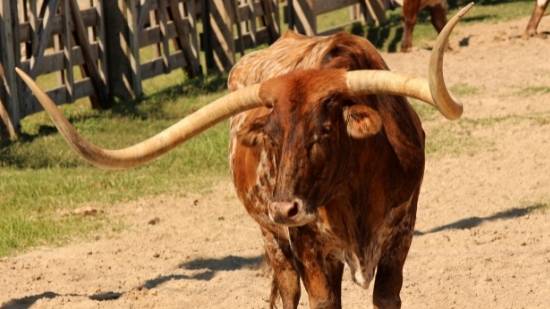
Texas State Fruit
Since it was designated as the official state fruit in 1993, the Texas red grapefruit has become one of the most well-known symbols to represent the state.

This citrus fruit is surprisingly new when compared to other fruits in the same tropical group. Many believe that the red grapefruit is a cross between a pummelo and an orange.
Texas State Bird
The Mockingbird (Mimus polyglottos) was set as Texas’ official state bird in 1927 in the “Senate Concurrent Resolution No. 8, 40th Legislature”.
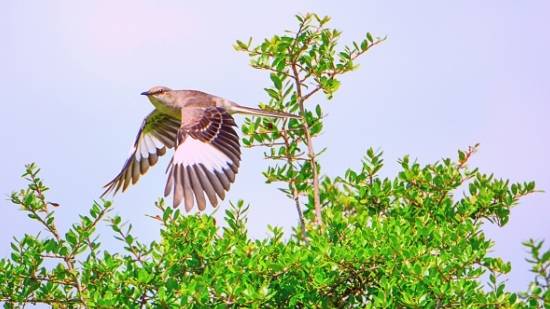
These beautiful and fascinating birds can sing up to 200 songs, including the songs of other birds, insects, and amphibians!
Texas State Flower
The bluebonnet has been Texas’ official state flower since 1901 – these beautiful flowers can be found throughout the state and were named this due to their blue color and sunbonnet-shaped petals.

However, not all bluebonnets are blue! You can find them in red and purple as well as some other, more uncommon colors. The Texas state bird and flower represent a beautiful flower with striking colors and a bird that can outsing just about any other bird on the planet!
Texas State Seal
The Texas state seal was officially adopted in 1836 when the state was still considered the “Republic of Texas”. However, in 1845, Texas became an independent “State”, meaning that the “Republic of Texas” quote that featured on the seal became “State of Texas”.

So, what does the Texas State Seal symbolize? The branches that appear on either side of the star were added to the original seal back in 1839. The Texas State Seal is simplistic, especially when compared with other states. However, the meaning is still powerful, with the Lone Star having much significance within the state, still to this day.
Texas State Insect
The absolutely stunning monarch butterfly (Danaus plexippus) became the official state insect in 1995.
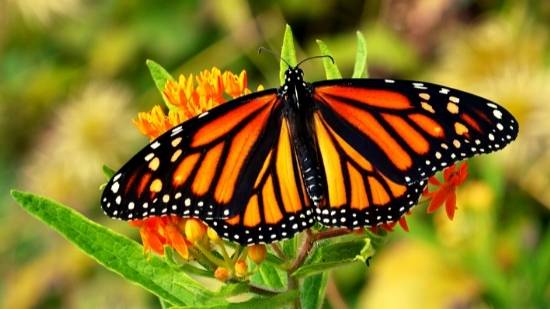
Their coloration is gorgeous to look at, black, orange, and white colors with amazing patterns, however, the reason for their vivid colors is to warn predators off them.
Texas State Tree
The Pecan tree (Carya illineonsis) was officially adopted as the Texas state tree in 1919, this was due to the pecan nut from the tree being also the state health nut and also pecan pie the official state pie of Texas!
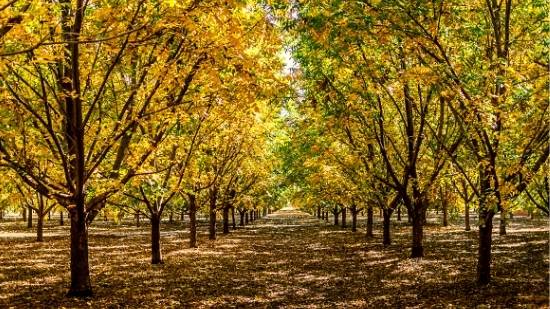
Texas State Soil
Houston Black soil became the official soil for the state of Texas in 1902.
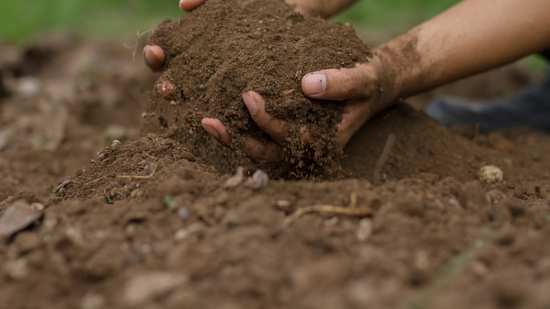
Texas State Bread
Another Texas symbol that was adopted in 2005 was the official state bread – pan de campo. This famous bread is known in the English language as cowboy bread and was created in South Texas.

Texas State Fish
Guadalupe bass (Micropterus treculii) is the official state fish of Texas, which can be found across the state residing within streams and rivers. The adoption of this symbol came in the year 1989.
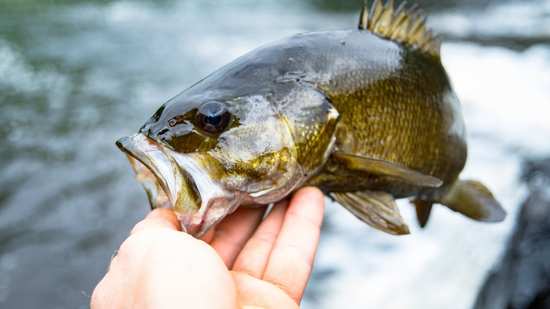
Texas State Gem
The official state gem for Texas was adopted in 1969 and is the Texas blue topaz.

Texas State Grass
Sideoats grama (Bouteloua curtipendula) is the official Texas state grass since it was adopted in 1971. The long and dry grass can be found across the state, typically in large grassland areas.
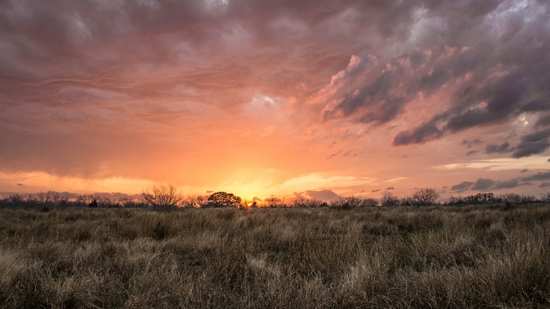
Texas State Nut
The native pecan has been the official Texas state nut since it was adopted in 1919.
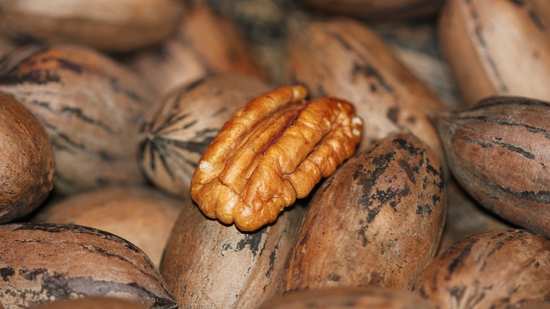
Texas State Pepper
Jalapeños have been the official state pepper of the state since 1995 and the adoption pays homage to Texas’ Spanish routes and close proximity to the Mexican border.
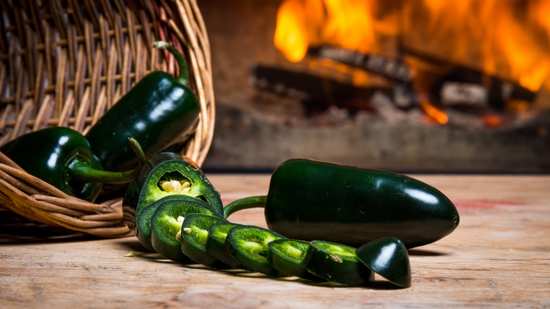
Texas State Plant
The Texas state plant perfectly matches the state’s desert terrane and landscape – the prickly pear cactus which was adopted in 1995.
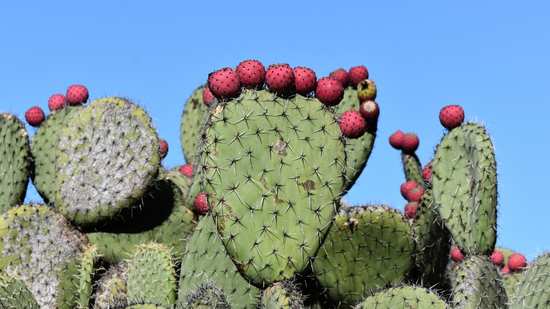
Texas State Reptile
The Texas horned lizard (Phrynosoma cornutum) became the official Texas state reptile in 1993. This reptile goes by a couple of different names that are rather amusing, commonly called the horny toad or horned frog.
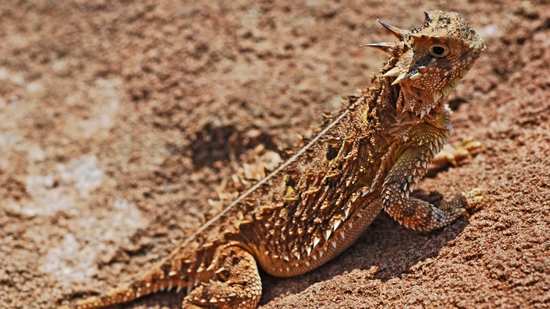
Texas State Shell
State shells are not an incredibly popular symbol amongst other states, however, they are in Texas, and the Texas state shell is the Lightning whelk (Sinistrofulgur perversum pulleyi) and has been since 1987.

Texas State Snack
Tortilla chips with salsa are the Texas state snack and have been since 1995. Yet again, another symbol paying homage to the state’s Hispanic routes.
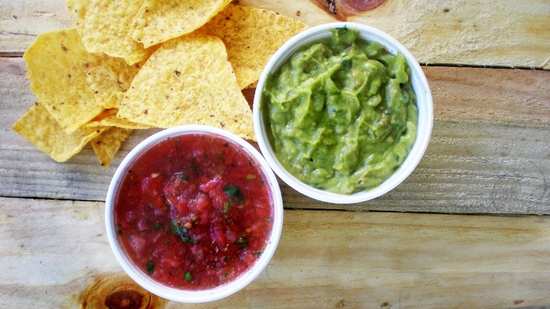
Texas State Sport
Rodeo is an extremely popular sport in the southern U.S. states, and it is so prevalent in Texas that it became the official state symbol in 1997.
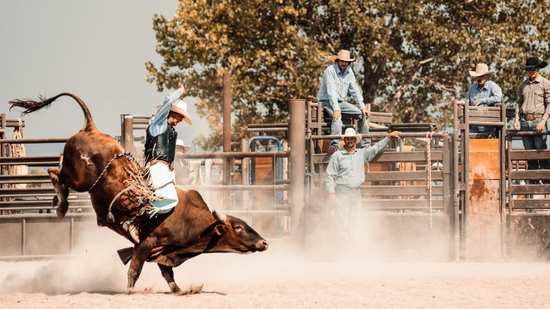
Texas State Vegetable
The famous Texas sweet onion is a vegetable enjoyed by most in the United States but holds a special significance within the Lone Star State as it is a famous variation of the sweet onion enjoyed worldwide.
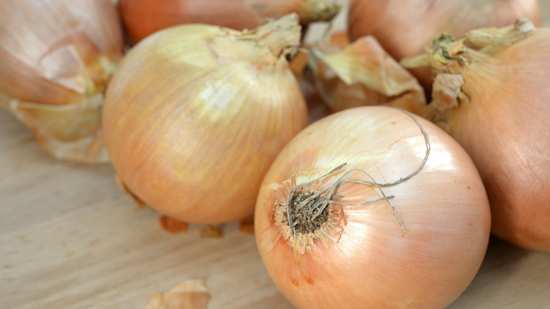
This sweet onion variant became the Texas state vegetable in 1997.
All Texas State Symbols (Table)
Now that we have taken a look at some of the more popular and notable state symbols that are associated with the great state of Texas, it makes sense to showcase all the Texas state symbols that are best used to represent the state’s history and present achievements and moments. Here is the complete list of symbols:
| Type Of Symbol | State Symbol | Year |
|---|---|---|
| Texas State Motto | "Friendship" | 1930 |
| Texas State Nickname | "The Lone Star State" | 1930 |
| Texas State Flag | Civil and State Flag | 1839 |
| Texas State Flower | Bluebonnets (Lupinus spp., namely Texas bluebonnet, L. texensis) | 1901 |
| Texas State Tree | Pecan (Carya illinoinensis) | 1906 |
| Texas State Soil | Houston Black | 1902 |
| Texas State Bird | Northern Mockingbird | 1927 |
| Texas State Song | "Texas, Our Texas" | 1929 |
| Texas State Mammal (small) | Nine-banded armadillo (Dasypus novemcinctus) | 1927 |
| Texas State Mammal (large) | Texas Longhorn | 1995 |
| Texas State Dog | Blue Lacy | 2005 |
| Texas State Bread | Pan de campo | 2005 |
| Texas State Fiber and fabric | Cotton | 1997 |
| Texas State Fish | Guadalupe bass (Micropterus treculii) | 1989 |
| Texas State Flower song | Bluebonnets | 1933 |
| Texas State Folk dance | Square dance | 1991 |
| Texas State Fruit | Texas red grapefruit | 1993 |
| Texas State Gem | Texas blue topaz | 1969 |
| Texas State Grass | Sideoats grama (Bouteloua curtipendula) | 1971 |
| Texas State Handgun | Colt Walker | 2021 |
| Texas State Insect | Monarch butterfly (Danaus plexippus) | 1995 |
| Texas State Nut | Native Pecan | 1919 |
| Texas State Pepper (other) | Jalapeño | 1995 |
| Texas State Plant | Prickly pear cactus | 1995 |
| Texas State Reptile | Texas horned lizard (Phrynosoma cornutum), commonly called the horny toad or horned frog. | 1993 |
| Texas State Seal | Seal of the State of Texas | 1845 |
| Texas State Shell | Lightning whelk (Sinistrofulgur perversum pulleyi) | 1987 |
| Texas State Snack | Tortilla chips and salsa | 1995 |
| Texas State Sport | Rodeo | 1997 |
| Texas State Tartan | Texas Bluebonnet Tartan | 1989 |
| Texas State Pastry | Strudel and sopaipilla | 2003-2005 |
| Texas State Vegetable | Texas sweet onion | 1997 |


